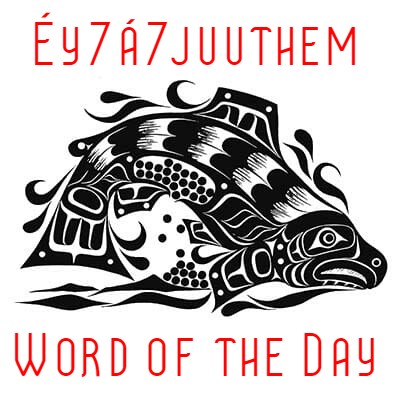
19 Wing Comox will soon be home to part of Canada’s new fleet of drones.
Yesterday, Marie-France Lalonde, Parliamentary Secretary for the Minister of National Defence, was at CFB Comox to announce a major investment in the Royal Canadian Air Force.
The federal government is spending $2.49 billion on 11 armed drones, some of which will be based at Comox.
The craft is roughly the size of a fighter jet. Unlike small drones, these will be designed and certified “to the rigid airworthiness standards applicable to crewed aircraft.”
The first delivery is anticipated in 2028 and full operational capability by 2033.
At home, the system will allow the CAF to monitor Canada’s large territory and long coastline, supporting civilian aid operations such as responding to forest fires and floods.
In deployed operations, it will provide commanders with an overview of operational situations with near real-time information. The system will be capable of detecting, recognizing, identifying, tracking, and engaging targets in complex environments.
The aircraft will be stationed at 19 Wing Comox, and 14 Wing Greenwood, NS. They will also be operated from a Forward Operating Location when supporting missions in northern Canada.
New infrastructure will be required to support operations at 19 Wing.
The air force says about 25 CAF and DND personnel will be stationed in Comox, 55 in Nova Scotia, and 160 personnel at the ground control centre in Ottawa.
To see the full release, visit Government of Canada.
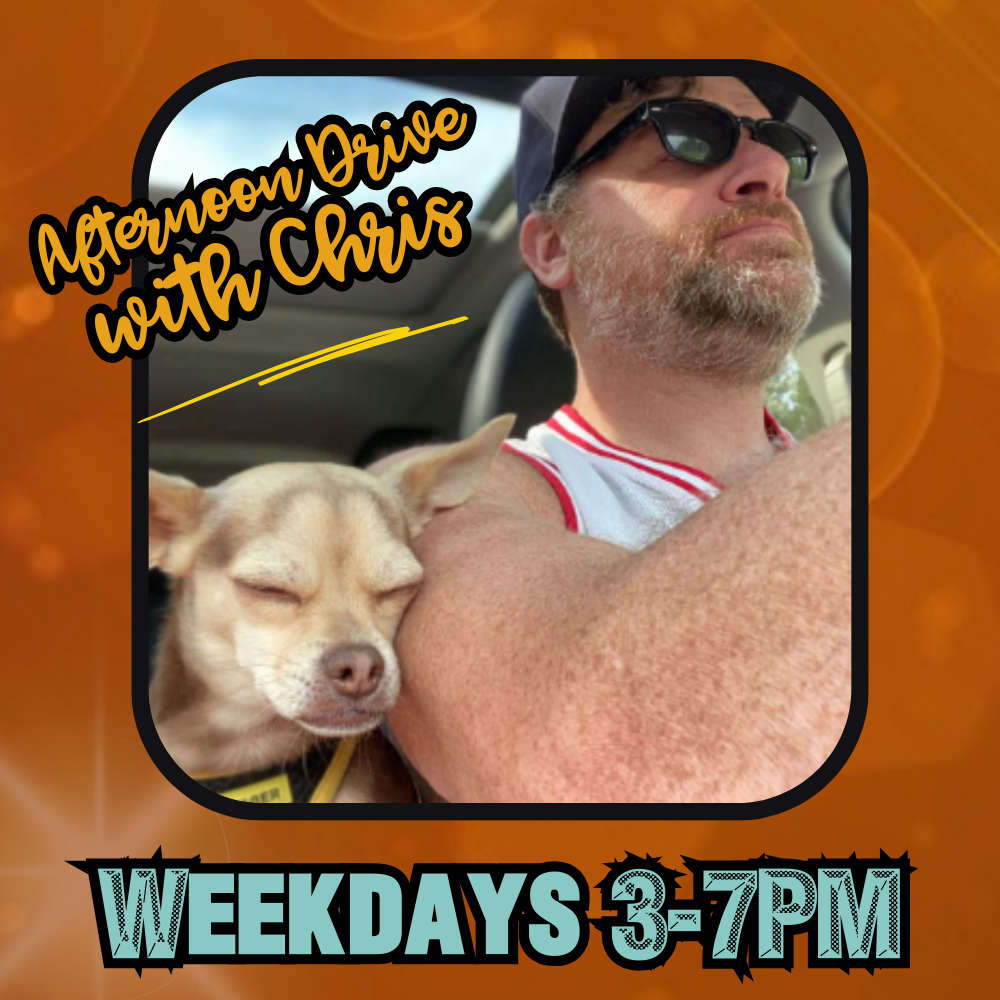
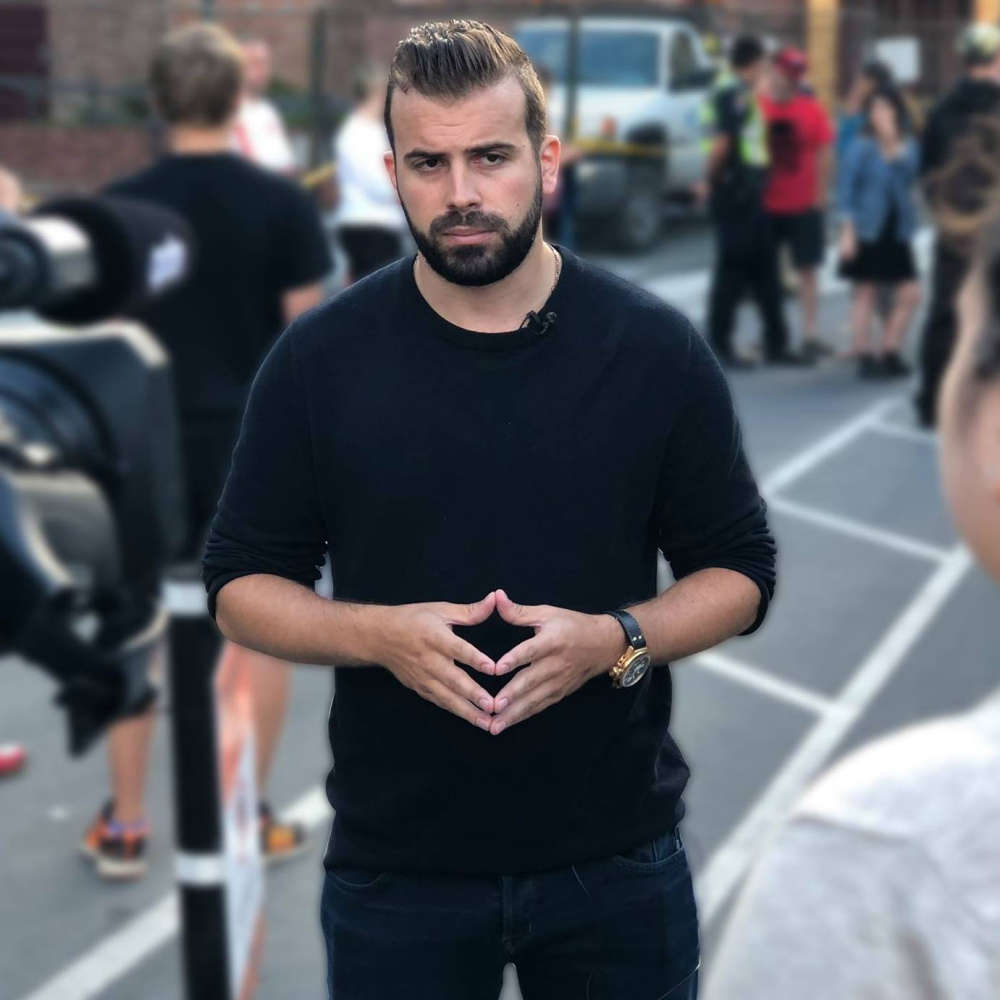 First Nation Leadership Council Calls For Conservatives To Pull North Island-Powell River Candidate
First Nation Leadership Council Calls For Conservatives To Pull North Island-Powell River Candidate
 North Island-Powell River All Candidates Debate At Sunday At Tidemark Theatre
North Island-Powell River All Candidates Debate At Sunday At Tidemark Theatre
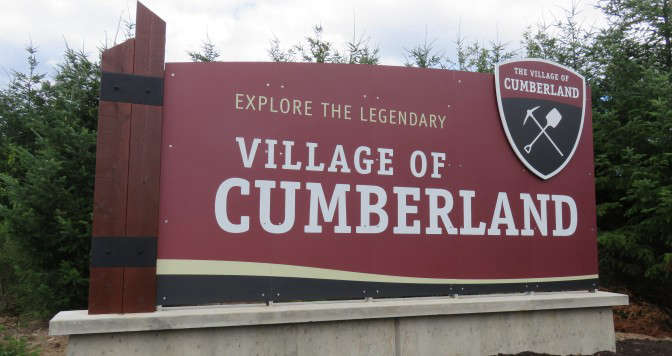 Cumberland Residents Are Encouraged To Report Incidents To The RCMP
Cumberland Residents Are Encouraged To Report Incidents To The RCMP
 Training Exercise Today At 19 Wing Comox And Seal Bay Nature Park Area
Training Exercise Today At 19 Wing Comox And Seal Bay Nature Park Area
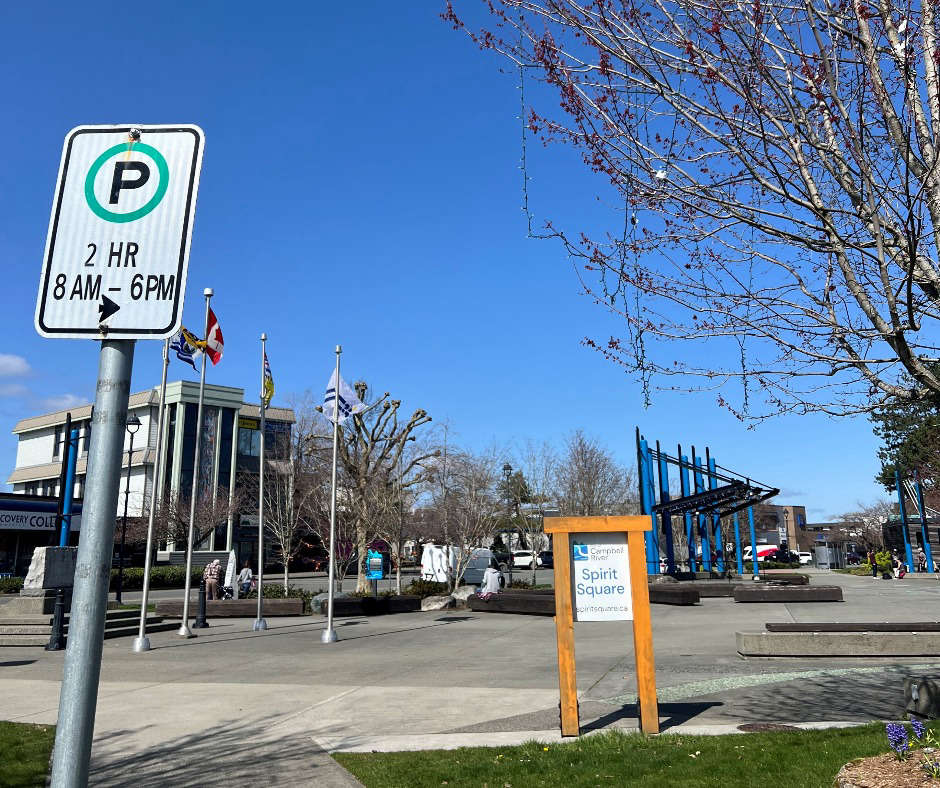 Campbell River Extends Downtown Parking Time Limits
Campbell River Extends Downtown Parking Time Limits
